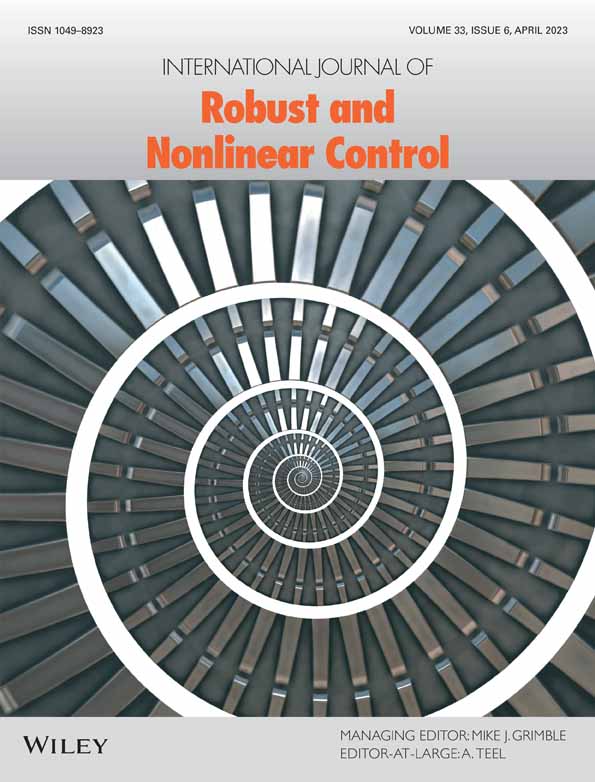Optimal stealthy false data injection attacks for networked linear quadratic Gaussian control systems with two channels
Funding information: National Nature Science Foundation of China, Grant/Award Numbers: 61573036, 62227810, 62133001
Summary
In this paper, a security problem in networked control systems which are modeled as linear quadratic Gaussian control systems is investigated from the perspective of attackers. We consider the scenario that the attackers can inject false data into two channels: sensor-to-controller and controller-to-actuator channels. The goal of attackers is to design the optimal stealthy false data injection attacks to maximize the linear quadratic Gaussian control cost function, where Kullback-Leiber divergence is used as a stealthiness metric. Firstly, the cost function is divided into a fixed part and a part which is related to a remote estimation error covariance. Then, when the two channels are attacked by attackers, the recursion of remote estimation error covariance is derived. In the presence of attacks, the optimization problem with multiple decision variables, which may not be a convex problem, is transformed into a convex optimization problem and the corresponding optimal solution is obtained. In addition, an upper bound of benefit loss when using the optimal solution of the convex optimization problem is presented. Finally, a simulation example is presented to show the effectiveness of the obtained results.
CONFLICT OF INTEREST
The authors declare that there is no conflict of interest.
Open Research
DATA AVAILABILITY STATEMENT
Data sharing not applicable to this article as no datasets were generated or analyzed during the current study.




